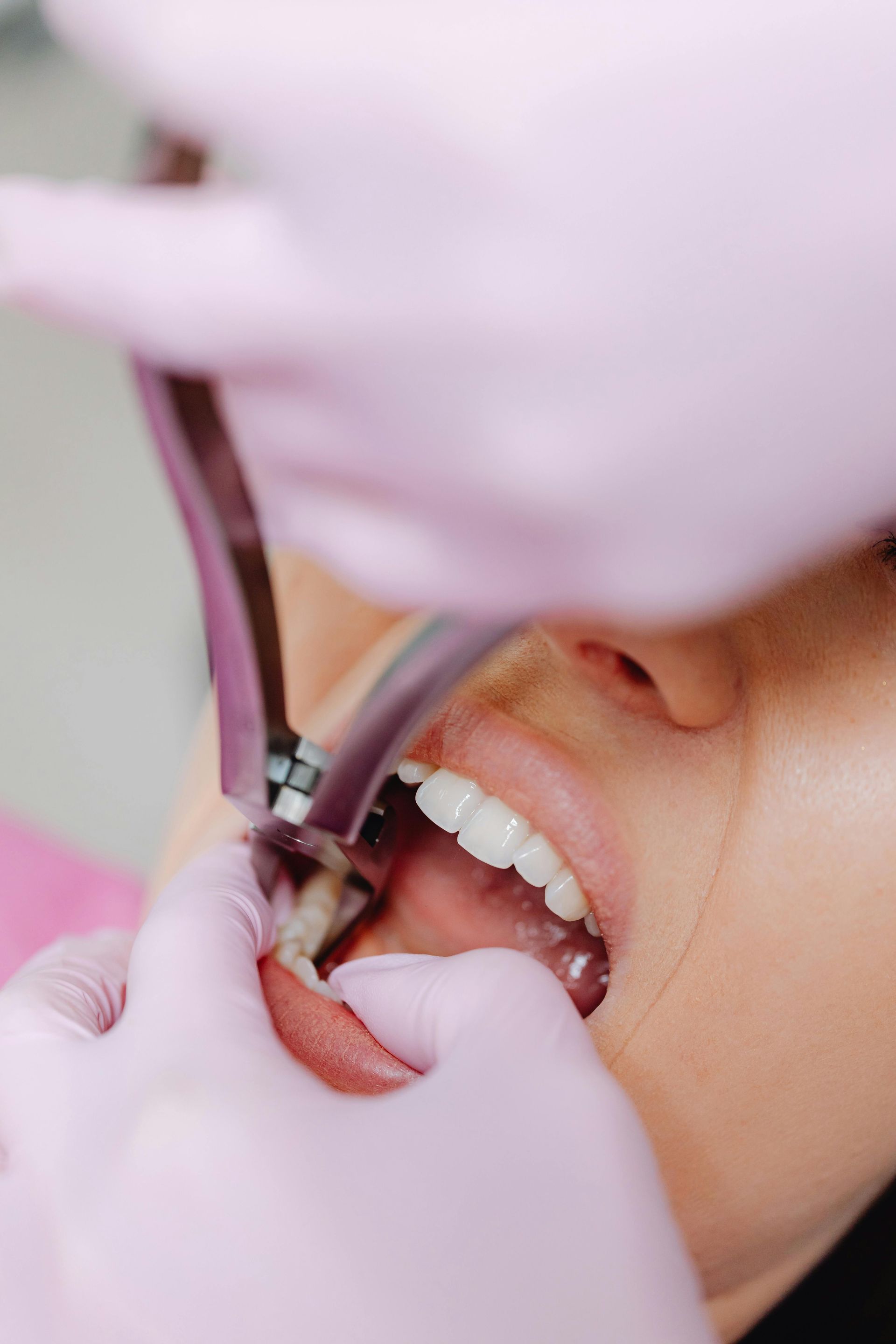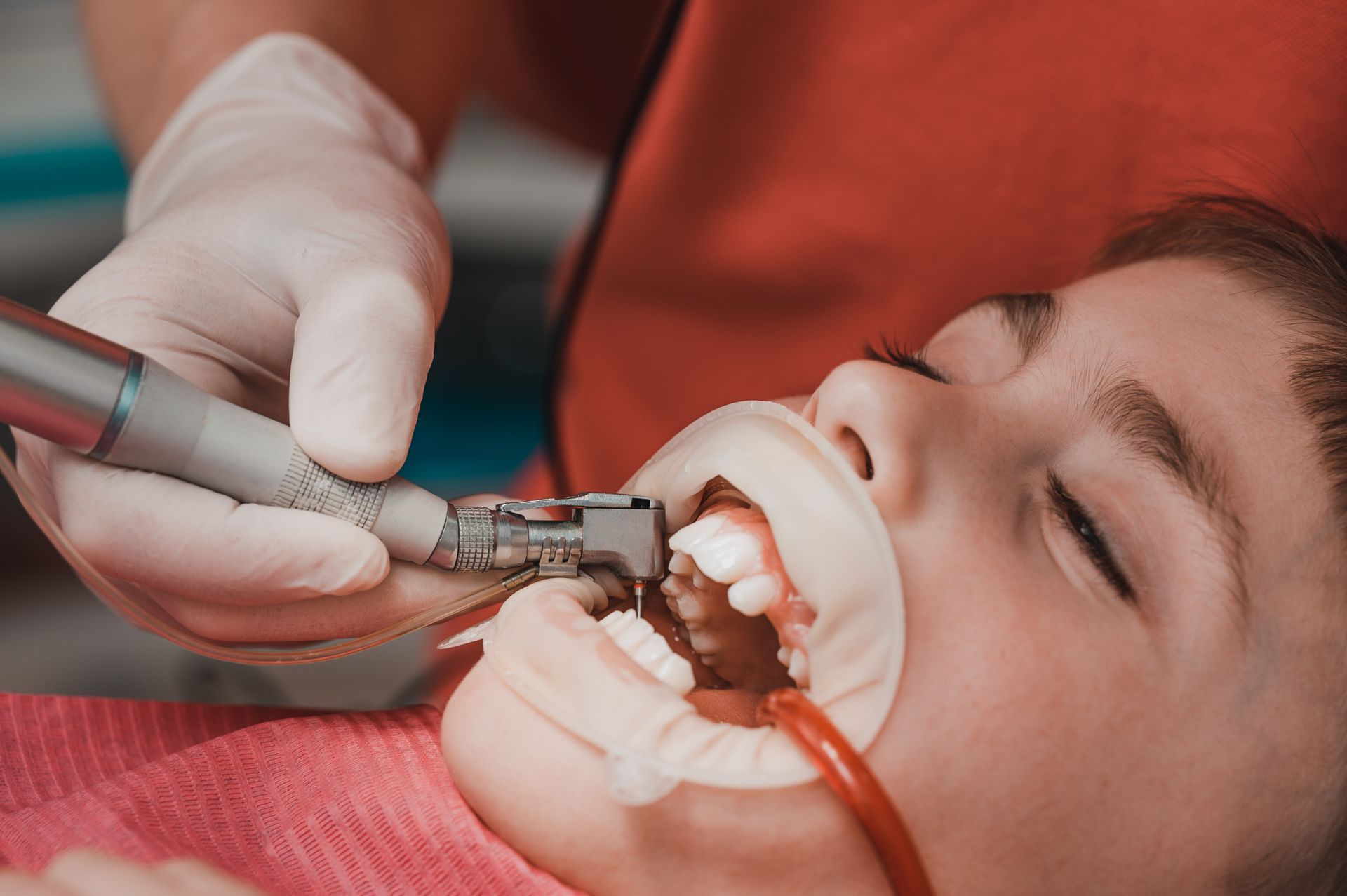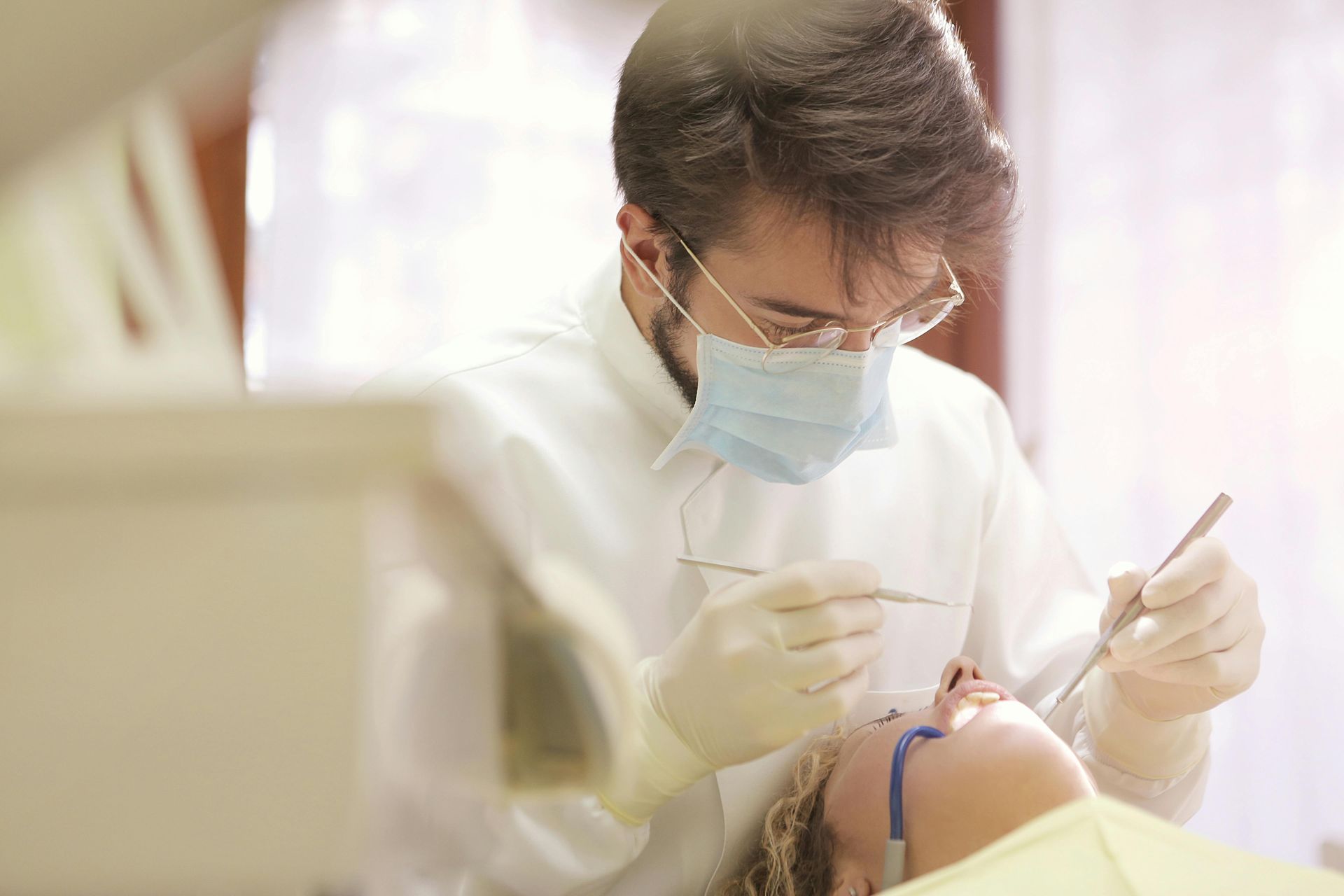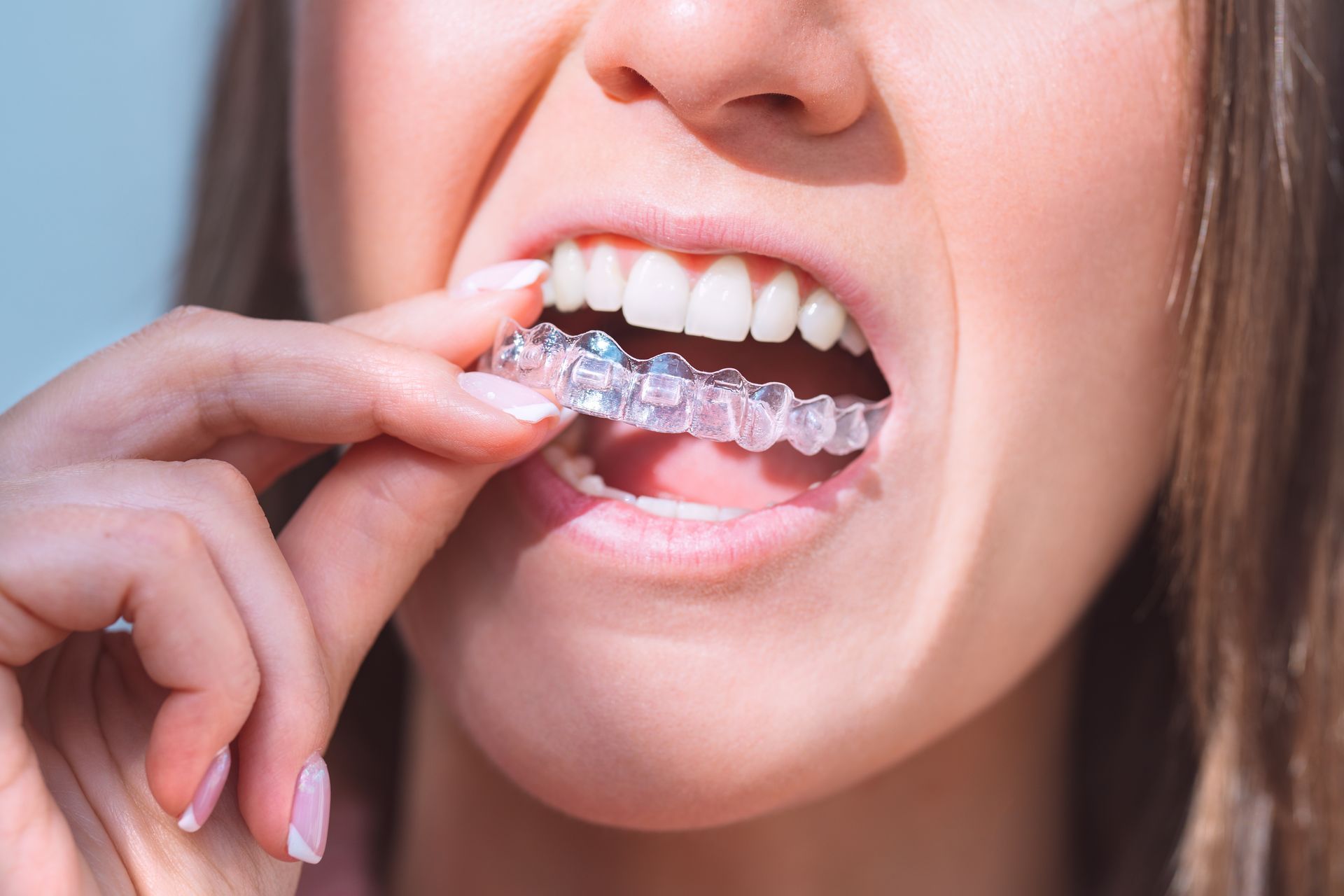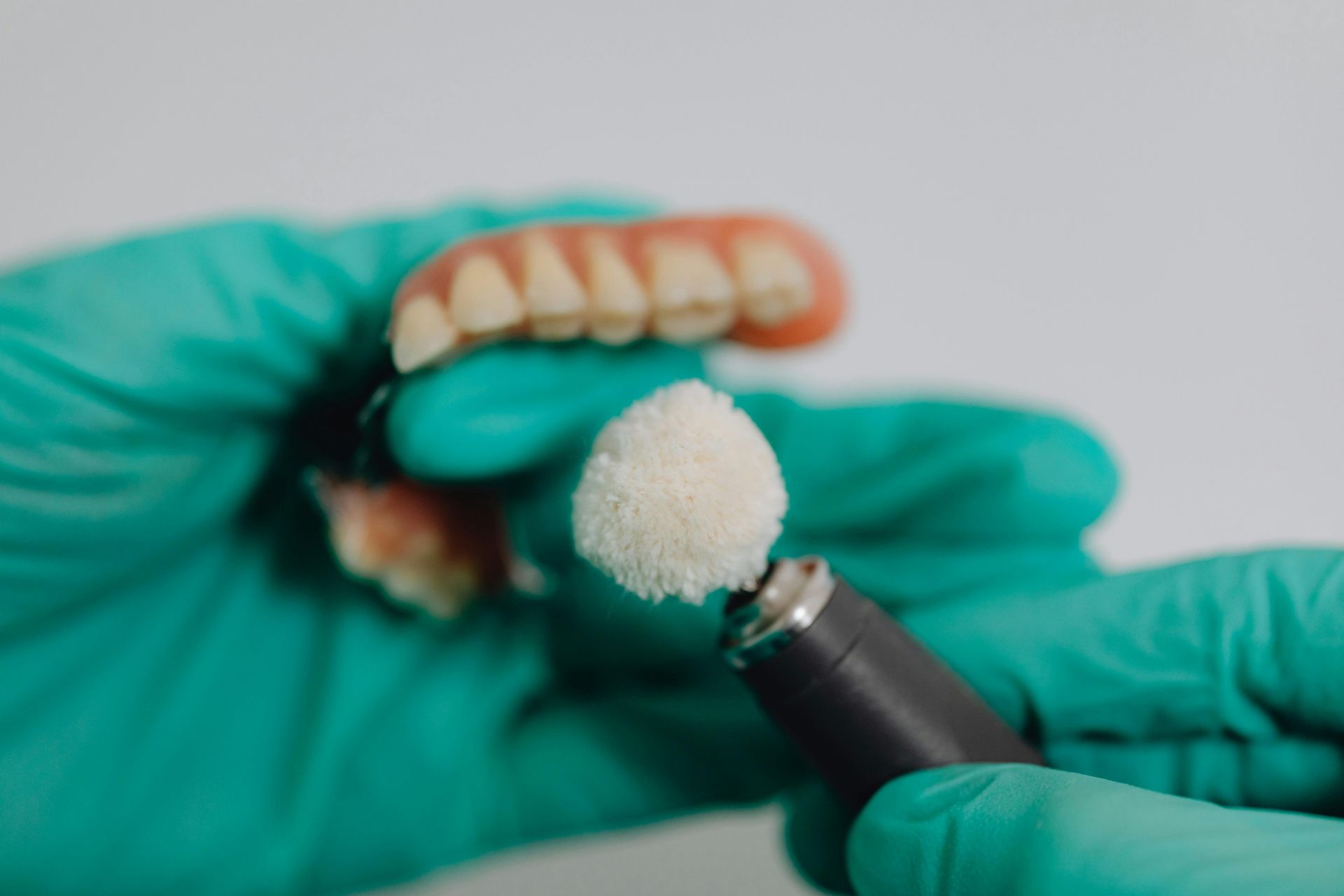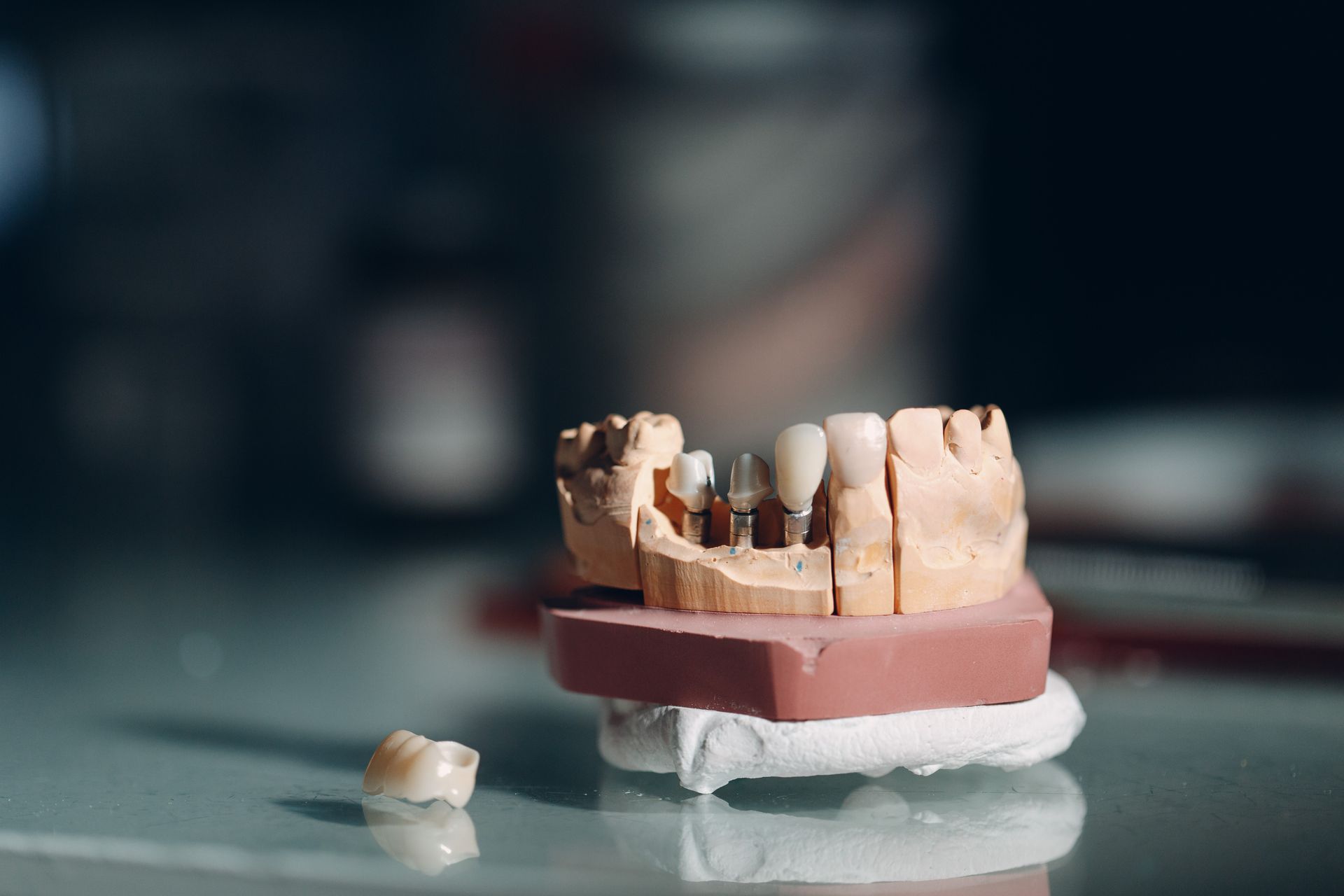
Tooth Extractions
People usually get a tooth extraction to get their wisdom teeth removed. However, there are many other reasons why tooth extraction may be necessary. Excessive tooth decay, tooth infection, and crowding can all require a tooth extraction. Those who plan on getting braces may need to have one or two teeth removed to provide room for their teeth when they shift in their proper place. Those who undergo chemotherapy or are about to have an organ transplant may need compromised teeth to be removed to keep their mouth healthy. Tooth extraction is performed by a dentist or oral surgeon and is a quick outpatient procedure that requires local, general, intravenous anesthesia, or a mixture of all. Removing visible teeth is a very easy procedure while teeth that are to be extracted below the surface or are already impacted and damaged may require a more advanced procedure.
How to Prepare For A Tooth Extraction
Before scheduling your procedure, you will have to get an X-ray of your teeth. You will also need to inform your dentist of any medications you’re taking including vitamins, supplements, or any over-the-counter medications. You will also need to inform your dentist if you will be having any treatments that include the drug called bisphosphonate as this should be done before that treatment or you could be at risk for bone death. Here are some conditions that you should inform your dentist about if you have them:
- Congenital Heart Defect
- Diabetes
- Liver Disease
- Thyroid Disease
- Renal Disease
- Hypertension
- Artificial Joint
- Damaged Heart Valves
- Adrenal Disease
- Impaired Immune System
- Bacterial Endocarditistis
Your dentist will want to make sure that you are in a good condition prior to having your teeth extracted. You might also be prescribed antibiotics before the procedure if the surgery is expected to take long, you have an infection or a weak immune system, or you have a specific medical condition.
Here are some things to keep in mind for the day of your tooth extraction:
- If you will be having an IV anesthesia, wear loose-fitting clothing and do not eat or drink for six to eight hours before your appointment.
- Do not smoke beforehand.
- If you have a cold, tell your dentist immediately as you might need to reschedule.
- If you feel nauseous or if you vomited the night before, inform your dentist as you might need to change the anesthesia given to you.
- If you’re going to be undergoing general anesthesia, have someone with you to drive you home.
Tooth Extraction Procedure
You will either have a simple or surgical procedure depending on the condition of your teeth.
- Simple Tooth Extraction - During a simple tooth extraction, you will be receiving local anesthesia which will numb the area surrounding your tooth so you’ll only feel pressure during the procedure. The dentist will then use an elevator instrument to loosen the tooth and remove it.
- Surgical Extraction - For a surgical extraction, you will most likely receive both local and intravenous anesthesia as the IV anesthesia will make you feel calm and relaxed. You may also receive general anesthesia depending on whether or not you have a certain medical condition. General Anaesthesia will leave you unconscious during the procedure. The dentist will then cut into your gum with a small incision. There may be instances where a bone needs to be removed or a tooth may be cut prior to it being extracted.
Risks of a Tooth Extraction
There are a few risks associated with teeth extraction. However, if your dentist has decided that this is a procedure you can undergo, then the benefits will likely outweigh the very small chance of complications. Usually, after a tooth extraction, a blood cloth will form in the socket which is the hole where the tooth has been pulled out from. However, if the blood doesn’t form, the bone may be exposed. If this happens, the dentist will protect the area by putting a sedative dressing above it for a couple of days. During this time, a clot is expected to form. Other risks include:
- Bleeding that lasts over 12 hours
- Severe fever or chills which may be a sign of infection
- Nausea and vomiting
- Cough
- Chest pain and shortness of breath
- Swelling at the surgical site
Recovery Period
It normally takes a few days to recover from a tooth extraction. Here are some tips to ensure a smooth recovery:
- Apply an ice pack to your cheek directly after the procedure to reduce swelling.
- After the gauze pad has been placed, bite down to reduce bleeding and to promote clot formation. Leave the gauze on for 3 to 4 hours.
- Take all medications as they are prescribed.
- Rest and relax for the first 24 hours. Take it easy the following days.
- Don’t use a straw for the first 24 hours.
- Don’t rinse for 24 hours after the tooth extraction and spit gently.
- Eat soft foods, such as soup, yogurt, pudding, and applesauce.
- After 24 hours, add half a teaspoon of salt to 8 ounces of water to rinse your mouth.
- Use pillows to prop your head up when you lie down.
Blog
